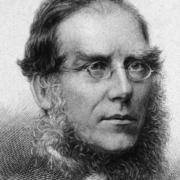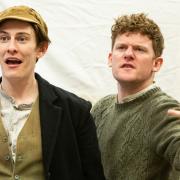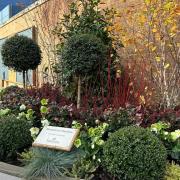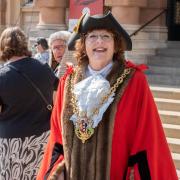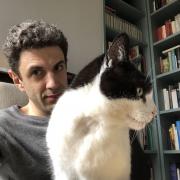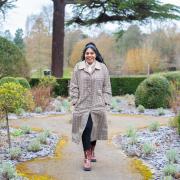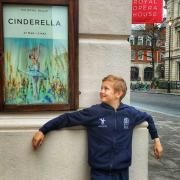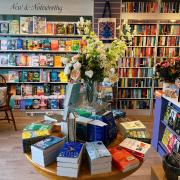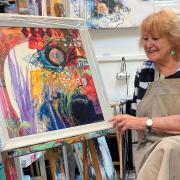Work has begun to conserve extraordinary images taken by two amateur photographers in 1939, as Sutton Hoo gave up its treasures
This article was originally published January 2019

As holiday snaps go, the colour prints taken by school teachers Mercie Lack and Barbara Wagstaff, staying in the Woodbridge area in 1939, are somewhat unusual.
Perhaps they did take pictures of each other enjoying the countryside and coast while they were in Suffolk, but what really sparked the curiosity of the two women were activities across the River Deben at Sutton Hoo.

There, the archaeologist Basil Brown and his team were excavating mysterious burial mounds, under the watchful eye of Edith Pretty, on whose land the mounds were sited and whose own curiosity had initiated the dig.
Possibly tipped off by one of the team, Mercie and Barbara – both keen amateur photographers – pitched up, shortly after a helmet, gold jewellery and other treasured possessions had been removed, asking if Brown had any objections to them photographing the team at work.

The women were given permission, which was fortunate for us and for history. As the situation in Europe deteriorated fast, all talk was of an impending war. Brown’s excavation – described as one of the greatest archaeological discoveries in the UK – received little public attention.
The images Mercie and Barbara took over that summer are a unique record of the archaeological team at work, labouring tirelessly in the certain knowledge that war would put an end to their work, uncovering the remains of an Anglo-Saxon burial ship, studying its construction and opening up a new chapter in the nation’s story.

Mercie and Barbara worked hard too, it seems, taking hundred of photos, carefully organising them into a collection of albums, meticulously documenting and annotating their images. They described progress on the excavation and the ordinary day to day working life of the team, capturing the human aspect of the momentous revelations at Sutton Hoo.
One annotation simply reads: “Down tools - time for lunch!”

Many of the original prints are held at the British Museum, where the Sutton Hoo treasure is also displayed. Many, however, are kept at Sutton Hoo in the care of the National Trust. Now a major project is underway to conserve the photographs as part of the current refurbishment programme, ‘Releasing the Sutton Hoo Story’.
Collections assistant Rose Leithall is managing a team of volunteers who have been trained in handling the fragile albums and photos. Their painstaking work involves identifying images, cleaning them, and rehousing loose prints in albums and folders. In the next phase of the project, a conservator will digitise the images so that they can be used in new interpretation, exhibitions and displays at the Sutton Hoo site.

Rose says Mercie and Barbara’s images are unusual because photos of excavations are usually taken simply as a record of the site and the finds. “These are believed to be the first colour photos of an archaeological dig and they show a dig in progress – people actually at work,” she says.
“They enable us to put faces to names. And seeing someone standing in the remains of what was an enormous boat gives a sense of the scale of the excavation.” The photos also give a keen sense of the time, and the urgency to complete the project.
On the eve of the war, it seems Basil Brown and his team were using anything they could lay their hands on to get the job done.
In one photo, says Rose, they can be seen using a pair of household bellows to carefully blow away soil to avoid damaging what it covered, hoping to discover as much as they could before the site had to be given up to fate.
The National Trust has embarked on a £4 million project at Sutton Hoo – a £1.8million National Lottery grant from the Heritage Lottery Fund (HLF), plus support from visitors and supporters through fundraising events – transforming the way it tells the story of one of the greatest archaeological discoveries of all time.
Releasing the Sutton Hoo Story will enable the trust to create an experience that helps visitors discover more about the internationally significant site and how its stories have captured the imaginations of people the world over. Work is underway and the site will re-open in spring 2019.





